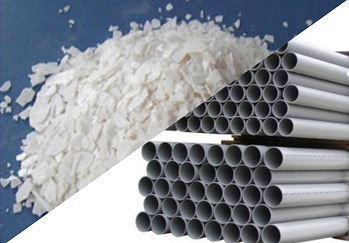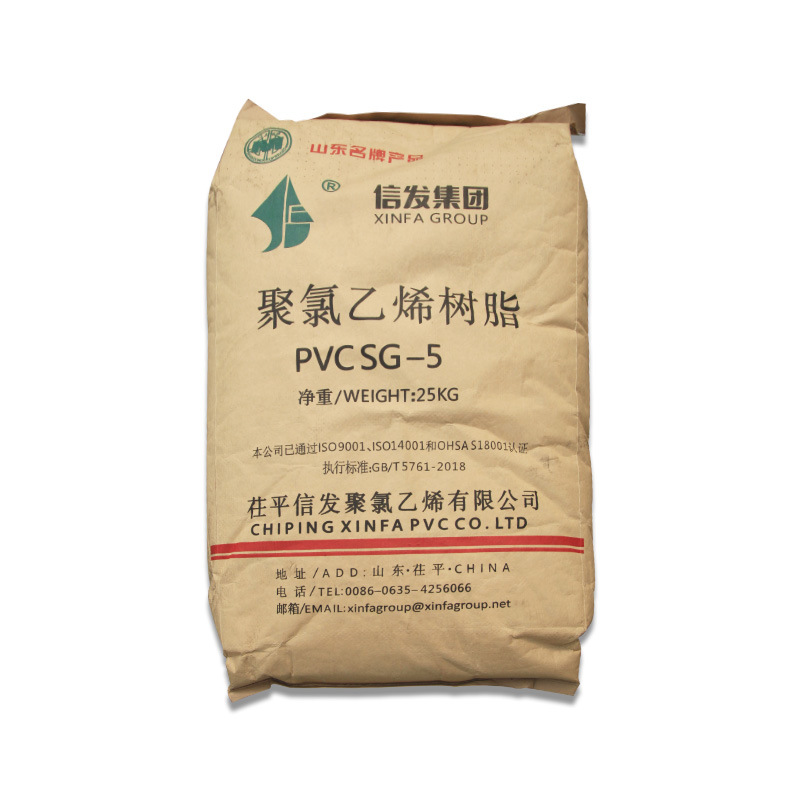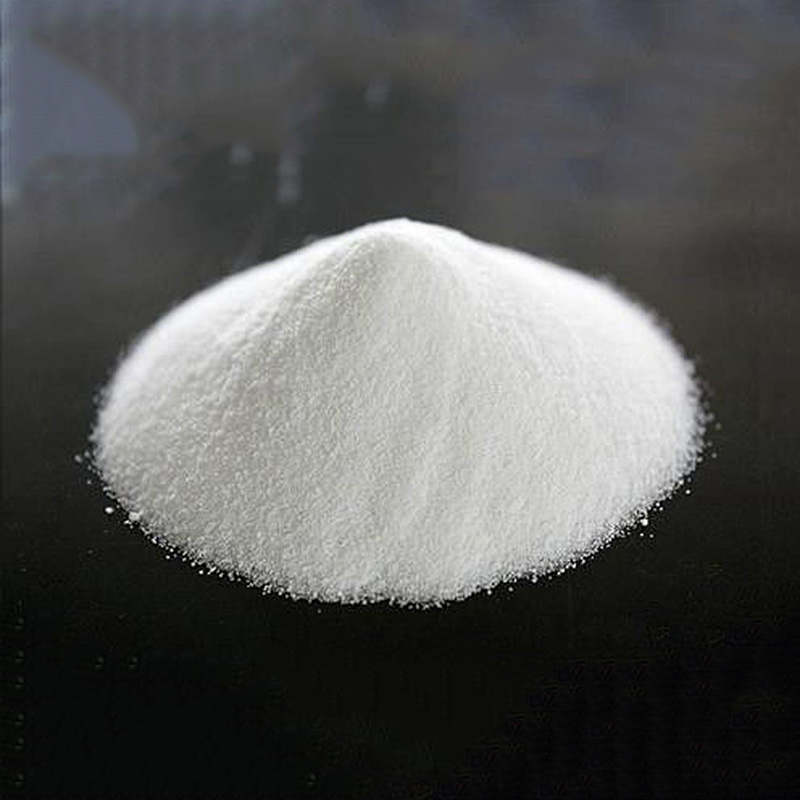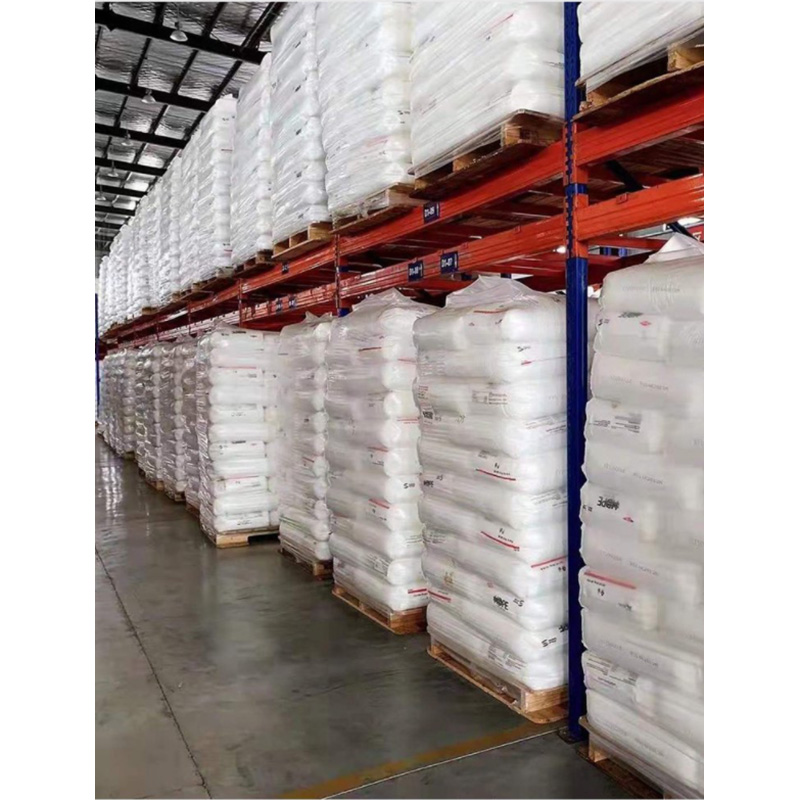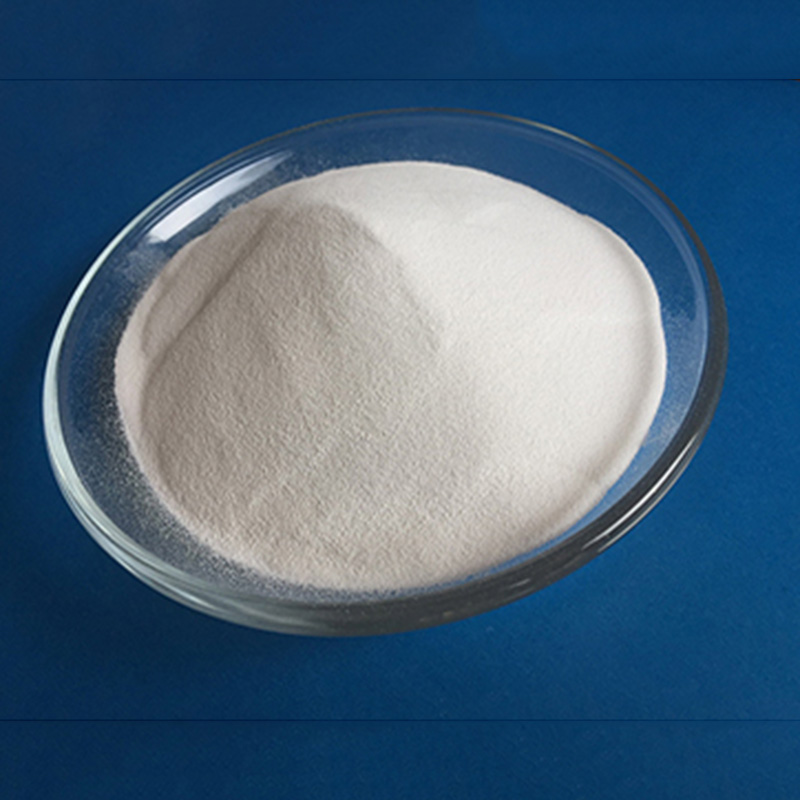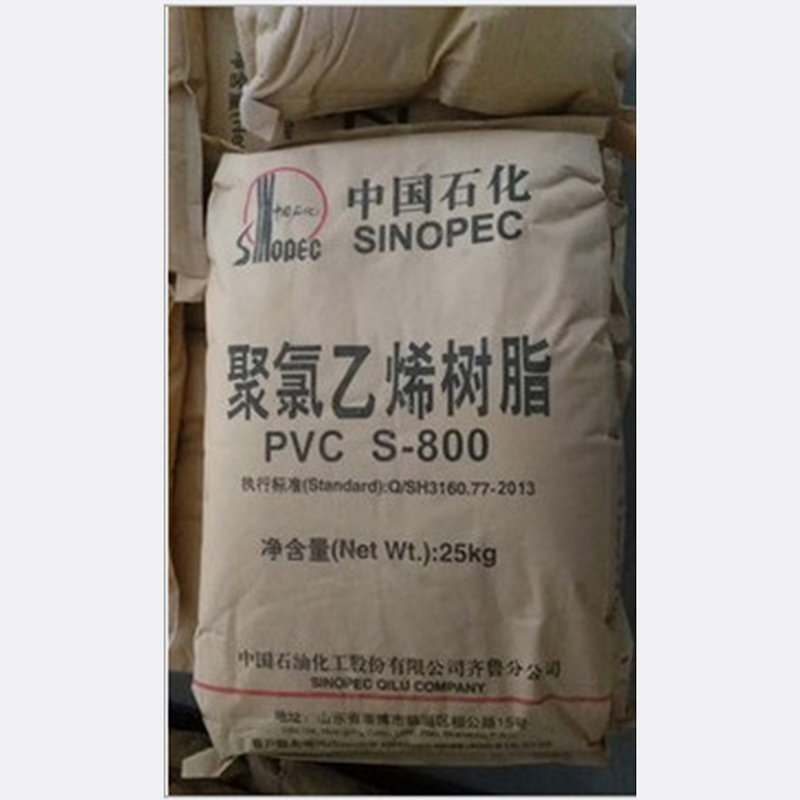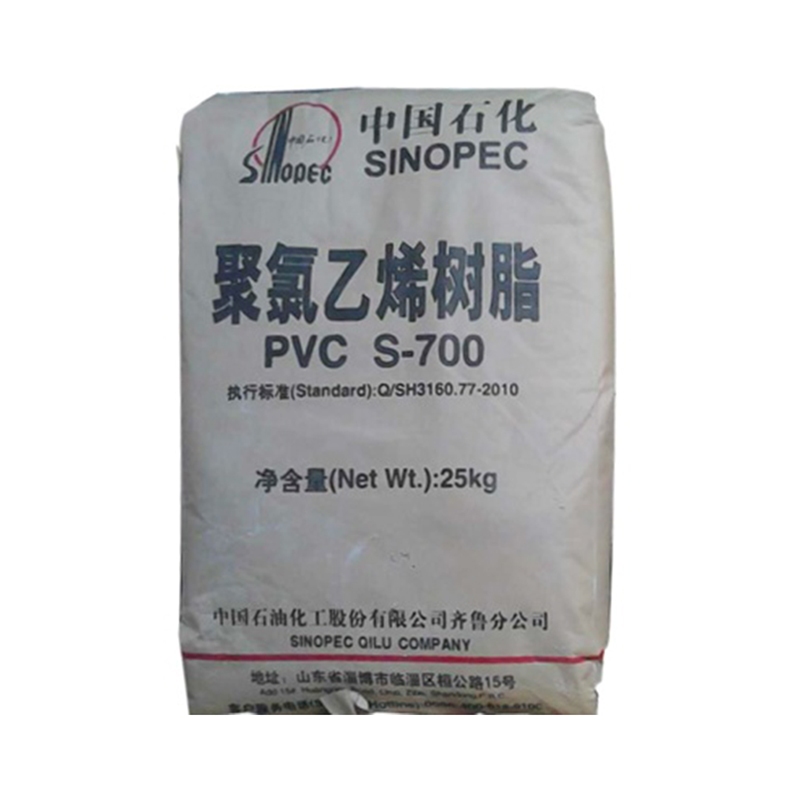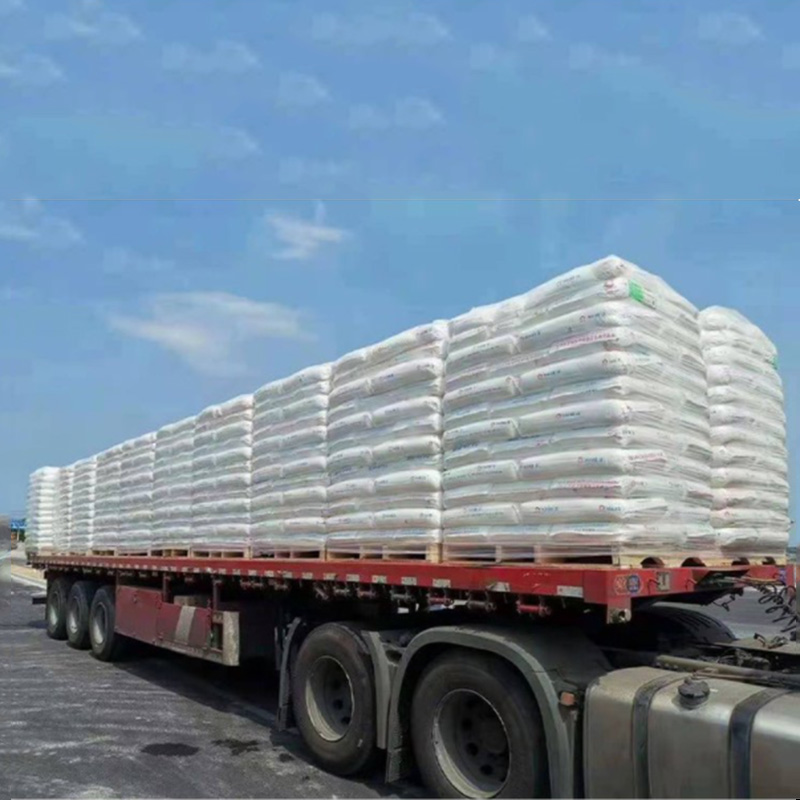PVC SG-5 for pipe
PVC SG-5 for pipe,
PVC for pipe production, PVC SG-5 resin,
Sg-5 resin with lower degree of polymerization should be selected in hard tube production. The higher degree of polymerization, the physical and mechanical properties and heat resistance
The better the properties are, but the poor fluidity of the resin brings certain difficulties to the processing, so the viscosity is generally (1). 7 ~ 1. 8) x 10-3 pa
• SG-5 resin of S is suitable. Hard pipe generally use lead stabilizer, its good thermal stability, commonly used three basic lead, but it
It is usually used with lead and barium soaps with good lubricity. Selection and use of lubricants are very important for hard pipe processing.
Both internal lubrication and external lubrication should be considered to reduce intermolecular force, so that melt viscosity can be reduced for forming, and to prevent melt
Stick to hot metal to give a bright surface. Metal soap is generally used for internal lubrication, and wax with low melting point is used for external lubrication. Filler master
To use calcium carbonate and barium (barite powder), calcium carbonate makes the surface performance of the pipe good, barium can improve the molding, so that the pipe is easy to shape, two
The cost can be reduced, but too much will affect the performance of the pipe, the pressure pipe and corrosion resistant pipe had better not add or add less filler.
What are PVC and CPVC Pipes?
PVC Pipes
Developed in the 1930s, PVC (polyvinyl chloride) pipes have become the standard for municipal and industrial piping across the world. In the US, three-quarters of all houses utilize PVC. Since the 1950s, it has become a common replacement for metal pipes
PVC is made using one of three polymerization processes: suspension polymerization, emulsion polymerization, or bulk polymerization. The majority of PVC is made using suspension polymerization.
It’s important to note that PVC pipes come in two forms: rigid and unplasticized. The rigid form is likely the first to come to mind–think potable water, plumbing, sewage, and agriculture. The unplasticized form is flexible, which is good for use in applications such as medical tubing and insulation for electrical wires.
Some advantages of PVC pipe include its strength, high durability, low cost, easy installation, and resistance to rust and corrosion.
CPVC Pipes
CPVC is essentially PVC that has been chlorinated. The chlorination process allows CPVC to withstand higher temperatures–up to 200°F–and improves its fire and corrosion resistance. Due to its high temperature resistance, most building codes require CPVC pipes for hot water applications, though it can be used for both hot and cold potable water. Additionally, CPVC is widely incorporated in the use of fire sprinkler systems.
The list of CPVC advantages adds up. For one, its chemical and temperature resistance makes it incredibly durable and ensures a long lifespan.
Due to its ability to withstand high temperature and its wide range of commercial and industrial applications, CPVC does come at a higher price point than PVC.
What are the differences between PVC and CPVC pipes?
The main difference between PVC and CPVC is their ability to withstand temperature. As mentioned before, CPVC pipe can withstand up to 200°F, whereas PVC pipe can only tolerate up to 140°F. If you go above those temperatures, both will begin to soften, which can cause the joints to weaken and the pipes to fail. As a result, many plumbers will recommend that you use CPVC for hot water lines and PVC for cold water lines.
Although PVC has many advantages, CPVC has greater flexibility, and is available in both nominal pipe size (NPS) and copper tube size (CTS). In contrast, PVC is only available in the NPS system. Both pipes are available in 10 ft and 20 ft lengths.
In terms of appearance, PVC pipes are white or dark gray in color, and CPVC pipes are usually off-white, light gray, or yellow. If there is ever any question, both will have their technical specifications printed on the side. Since the chemical composition varies between the two, solvent cements and bonding agents should not be used interchangeably.
What are the similarities between PVC and CPVC pipes?
When it comes to technical and physical similarities, both PVC and CPVC have an impressive list of advantages. For one, the properties of both pipes allow them to resist corrosion and degradation from chemicals. Secondly, both are safe to use with potable water when ANSI / NSF 61 certified. Both come in Schedule 40 and Schedule 80 thickness, and are available in plain end and bell end. Additionally, Schedule 40 PVS comes in Class 125 fittings.
As an added bonus to their easy installation process, both are extremely impact-resistant and durable, allowing for a lifespan of fifty to seventy years. And unlike copper, the price of both PVC and CPVC pipes does not depend on market value.
PVC resin can be processed into various plastic products. It can be divided into soft and hard products according to its application. It is mainly used to produce transparent sheets, pipe fittings, gold cards, blood transfusion equipment, soft and hard tubes, plates, doors and windows. Profiles, films, electrical insulation materials, cable jackets, blood transfusions, etc.
PVC demand is driven by Construction, Agriculture, Packaging and Consumer Sectors products. In the domestic market PVC resin is used to manufacture rigid and soft PVC finished goods. Approximately 55% of the market share is held by PVC Pipes & Fittings segment alone, other segments include Film & Sheet, Cable Compound, Flexible hose, Shoes, Profile, Flooring and Foam Board. In the domestic market of PVC, resin is mainly used to manufacture PVC pipes. Approximately 55% of the resin consumption is in this sector alone. Other sectors include artificial leather, shoes, rigid and soft sheets, garden hose, windows and doors etc. PVC domestic sales volume has steadily been increasing at the rate of 5% per annum.
